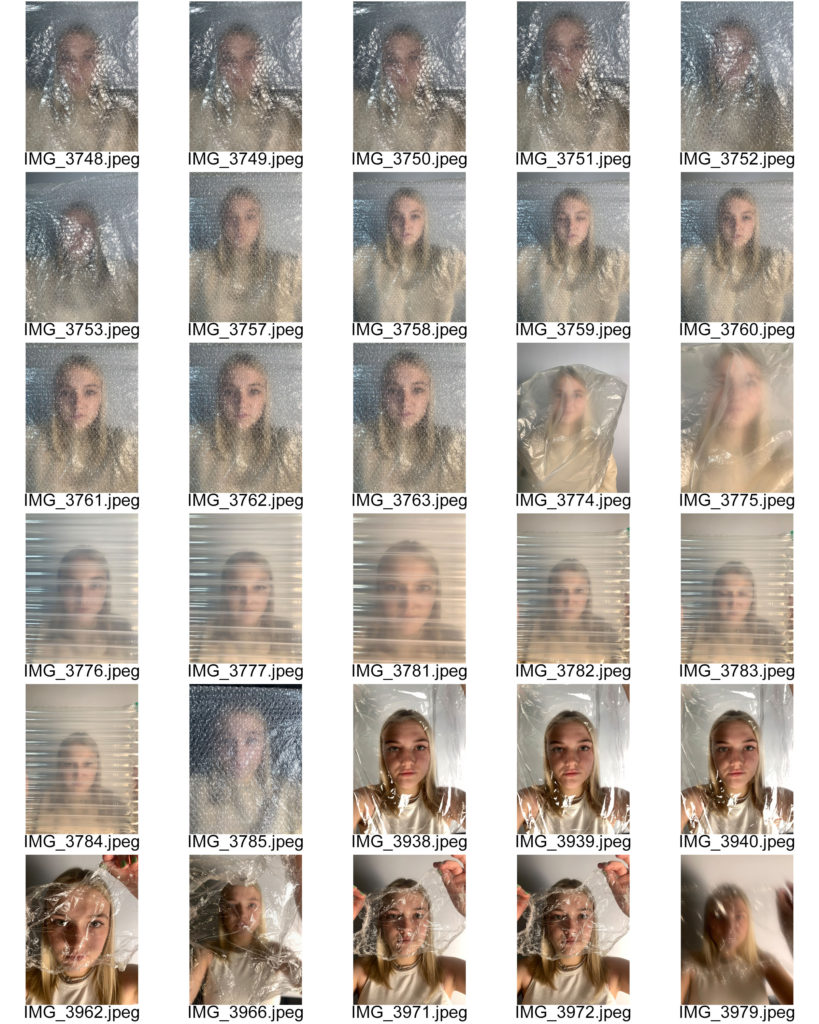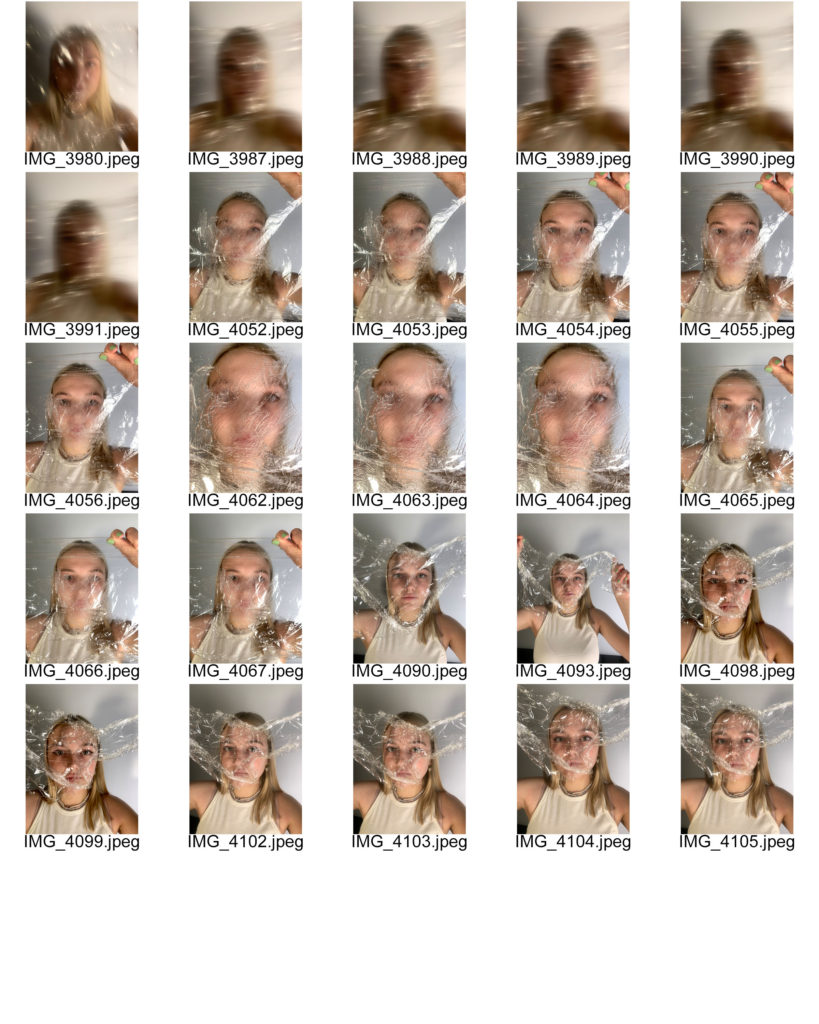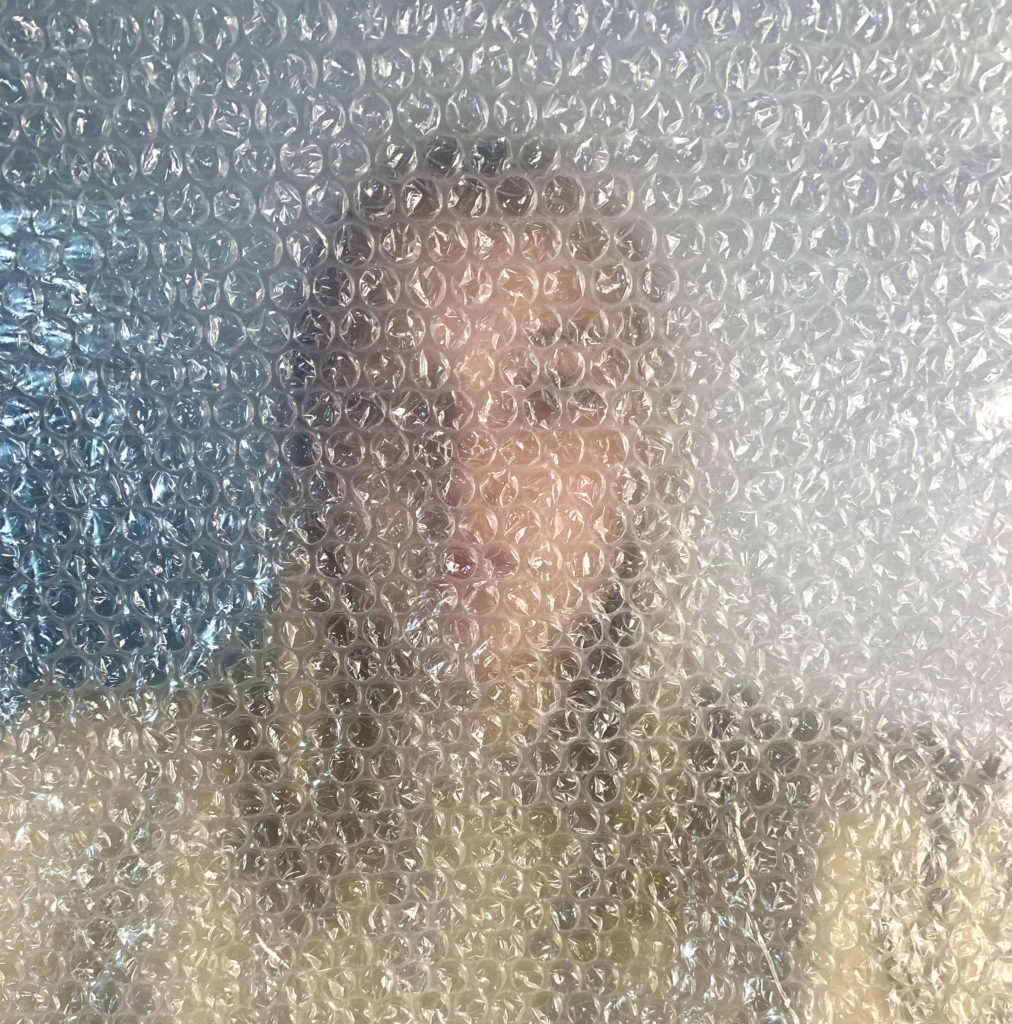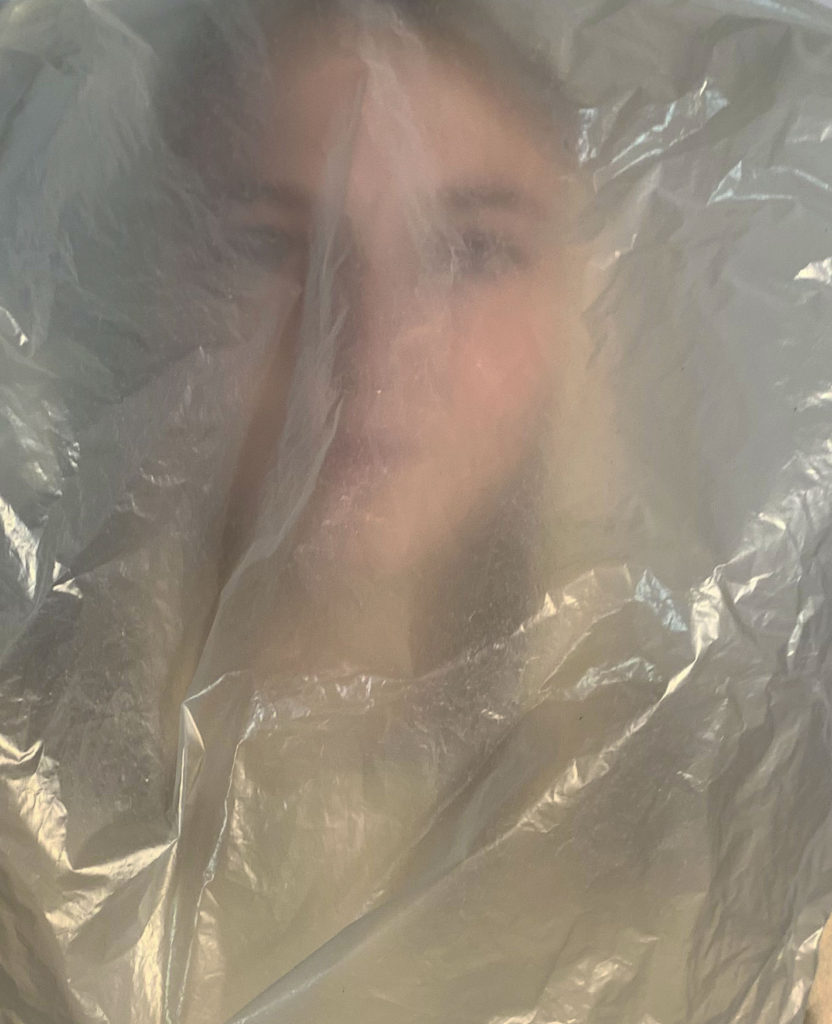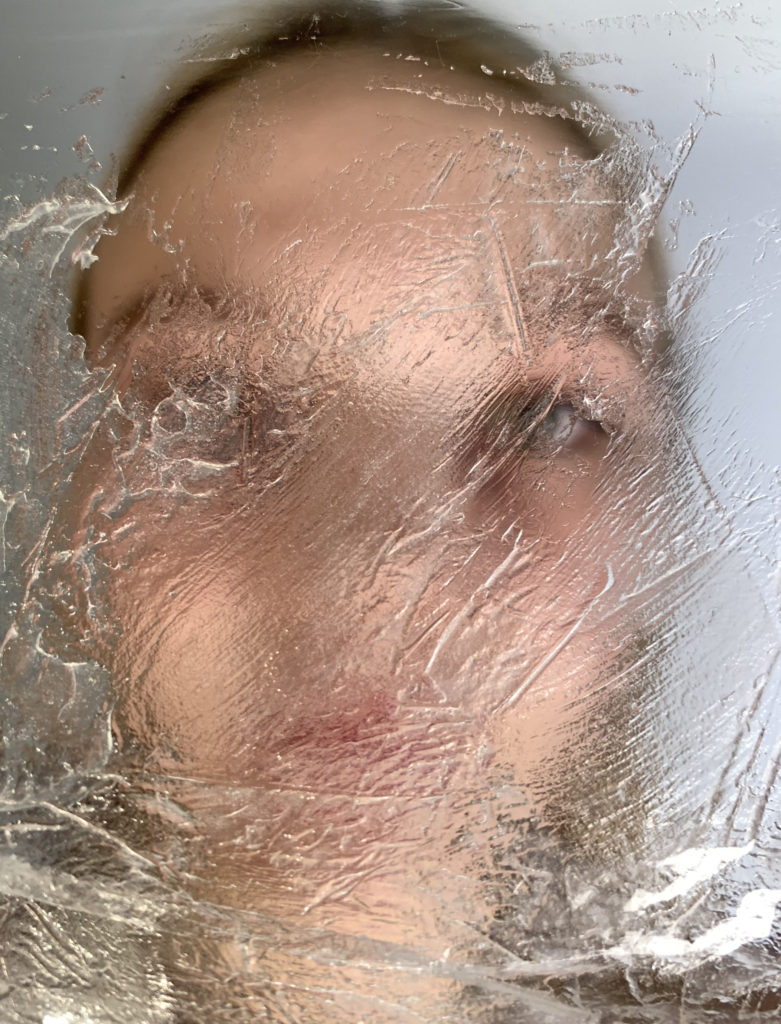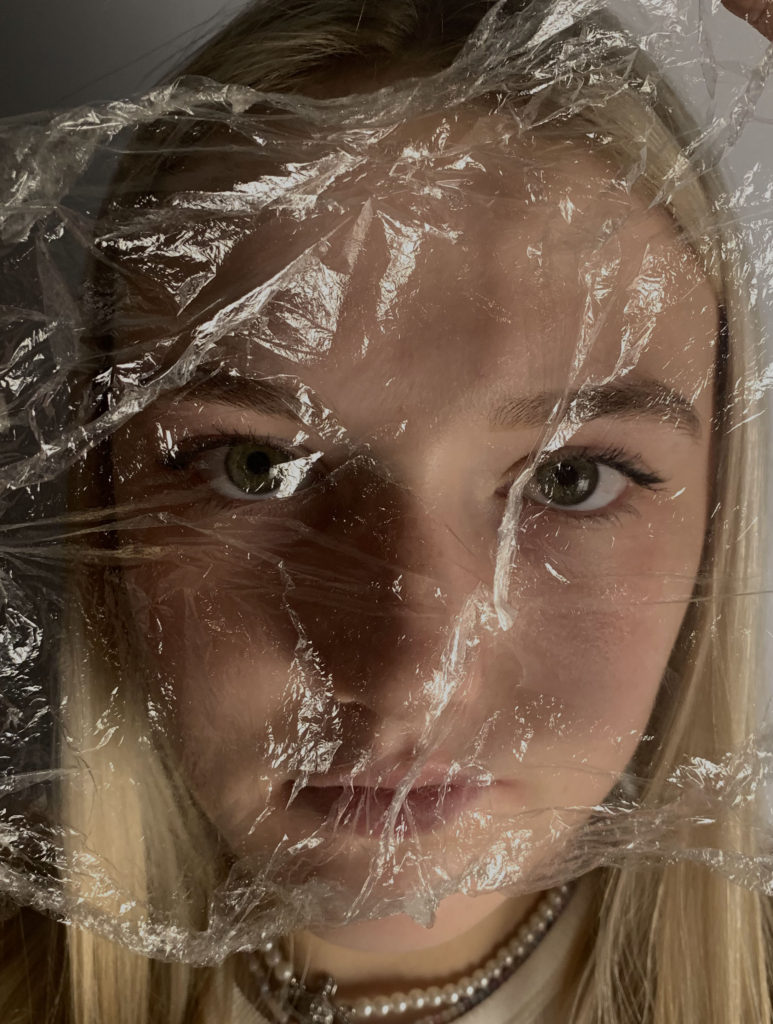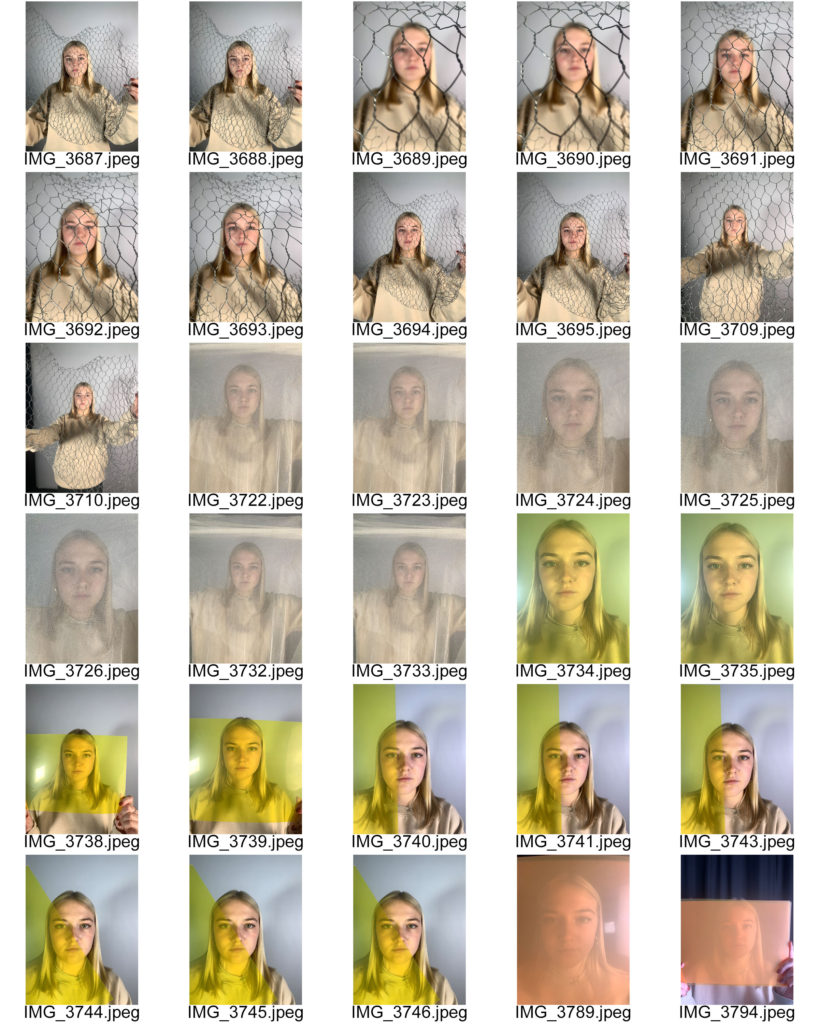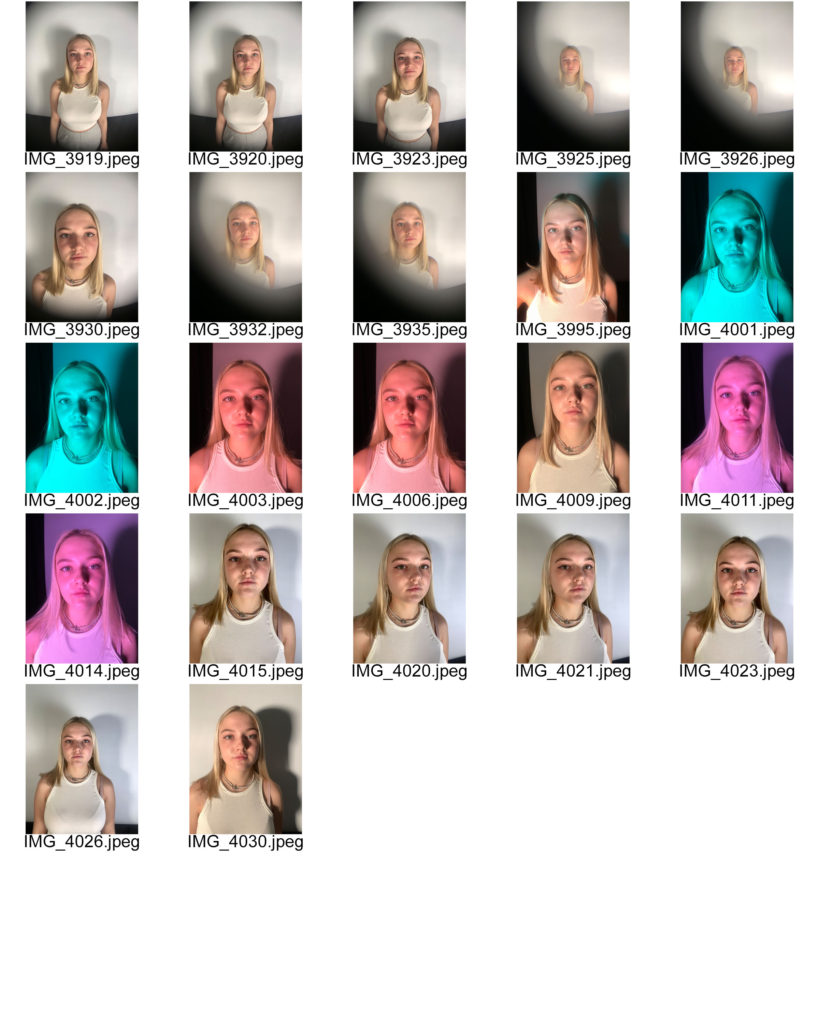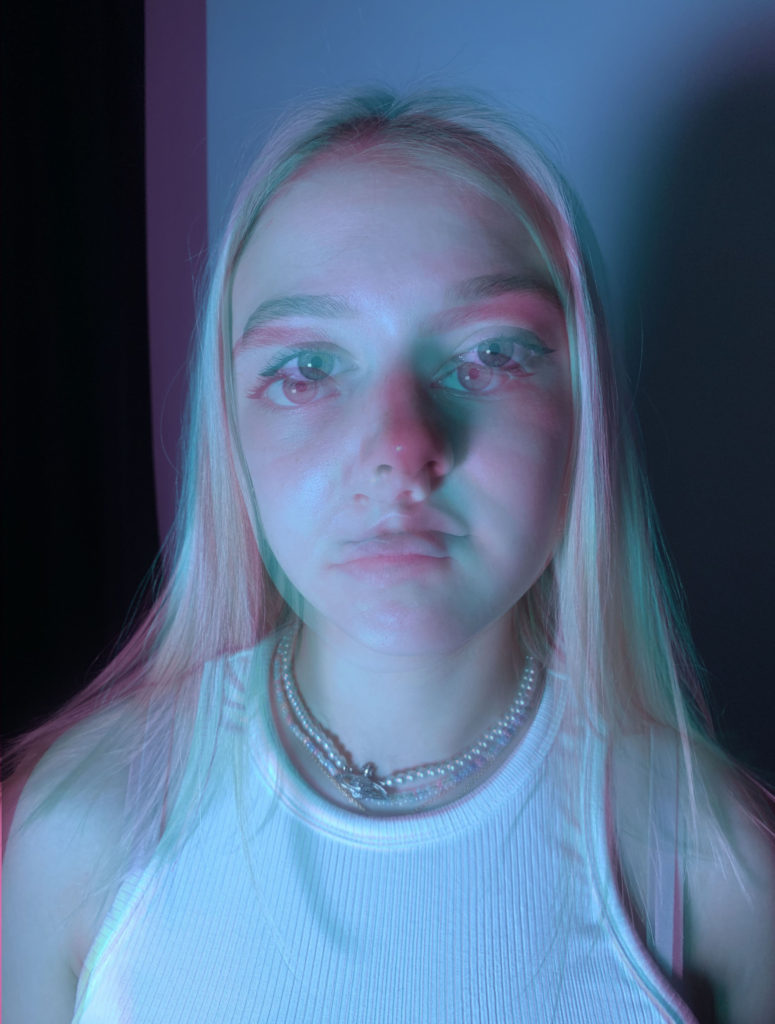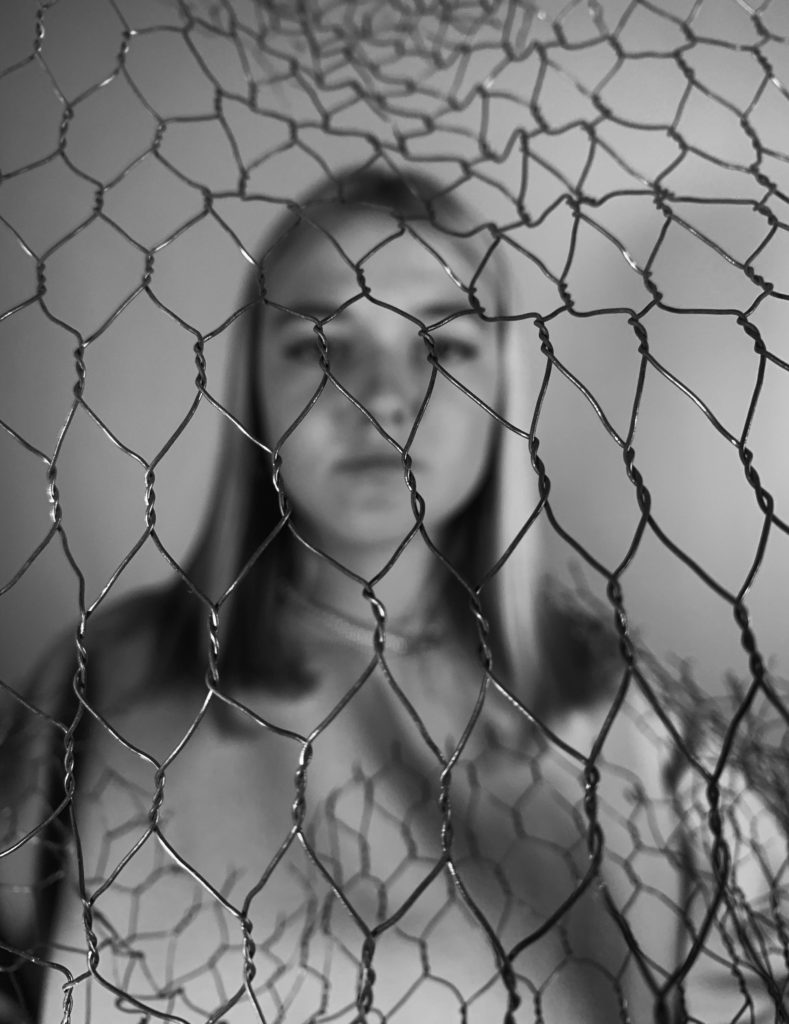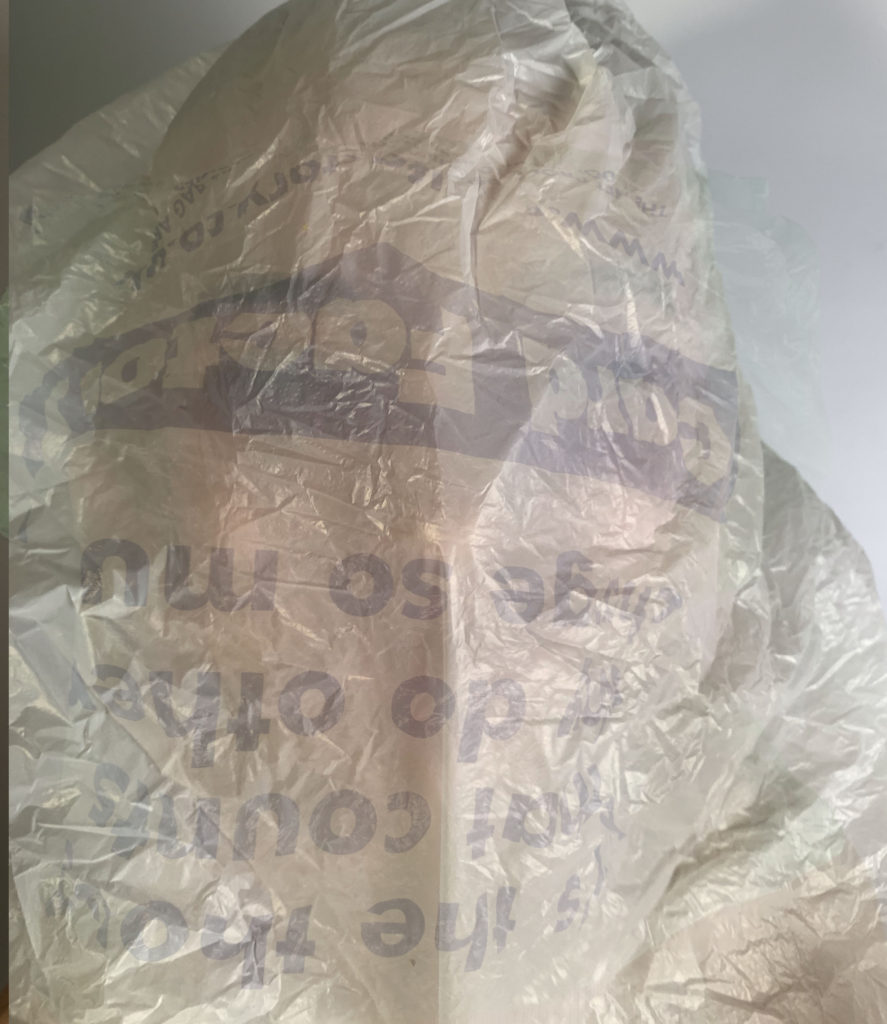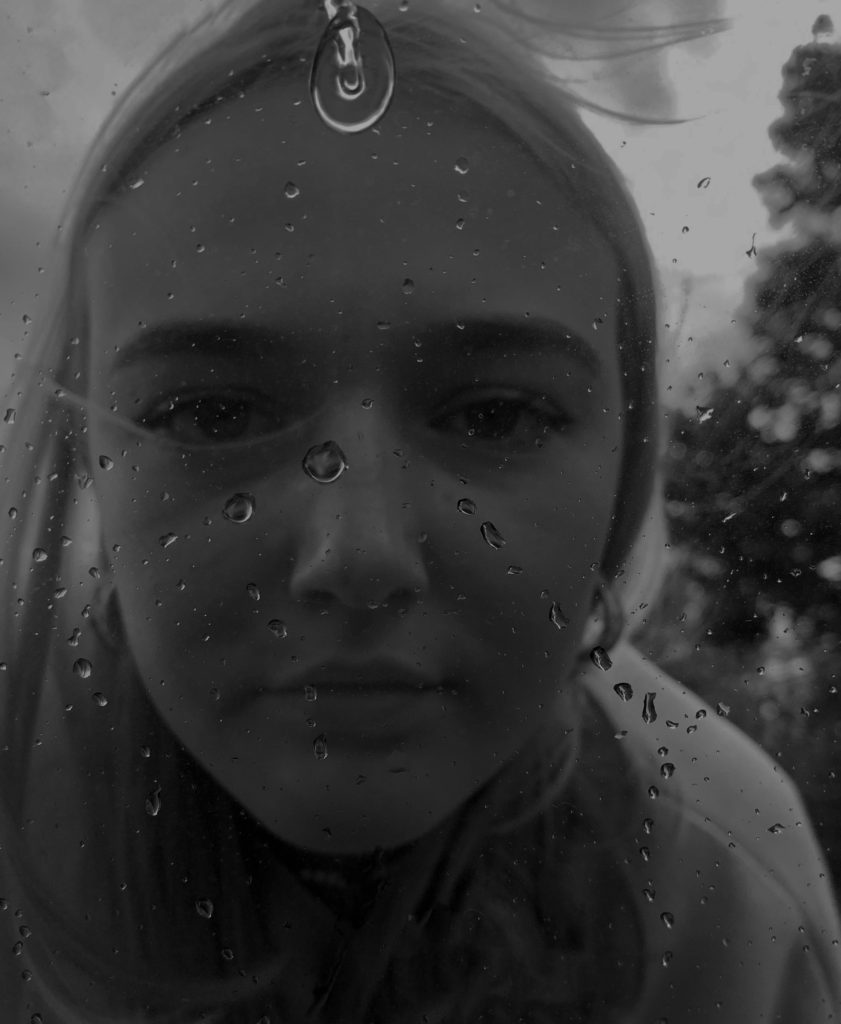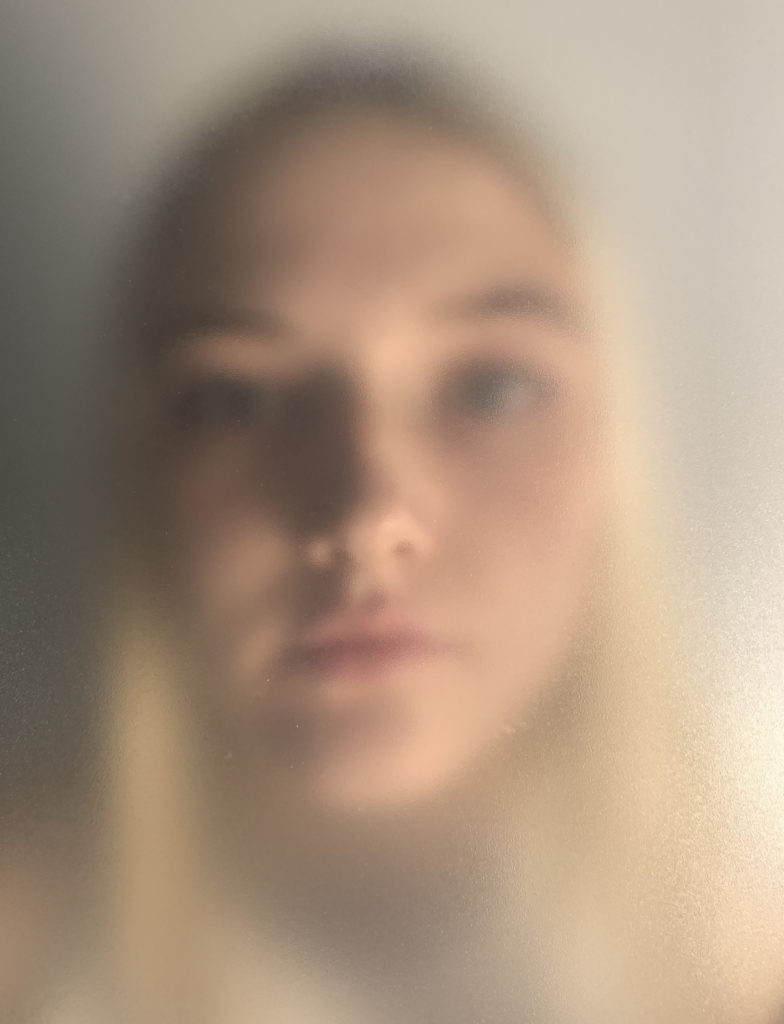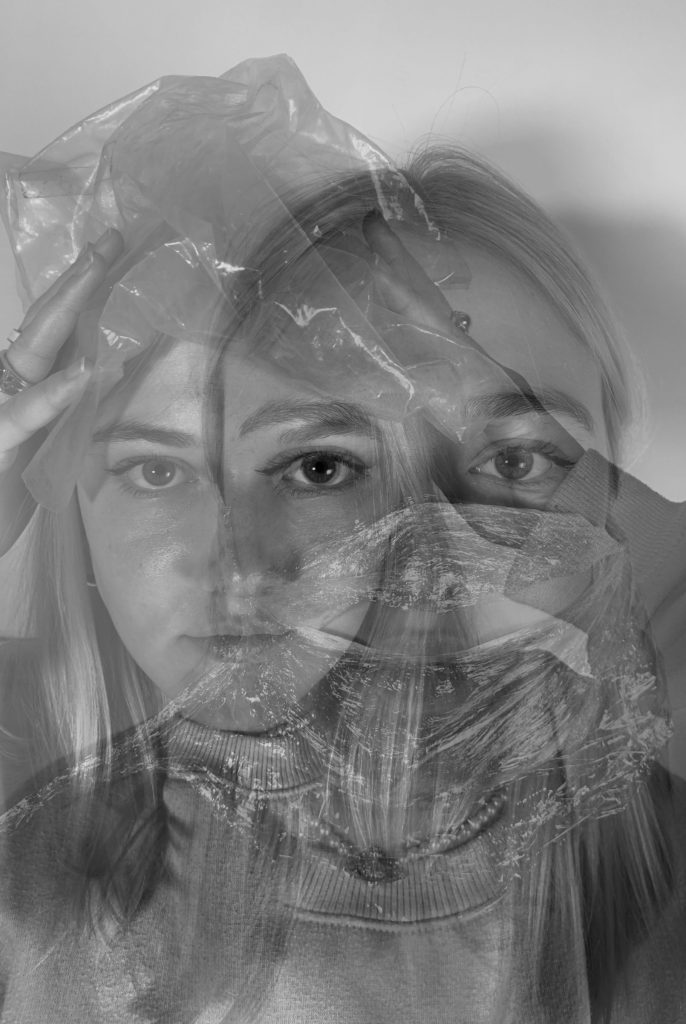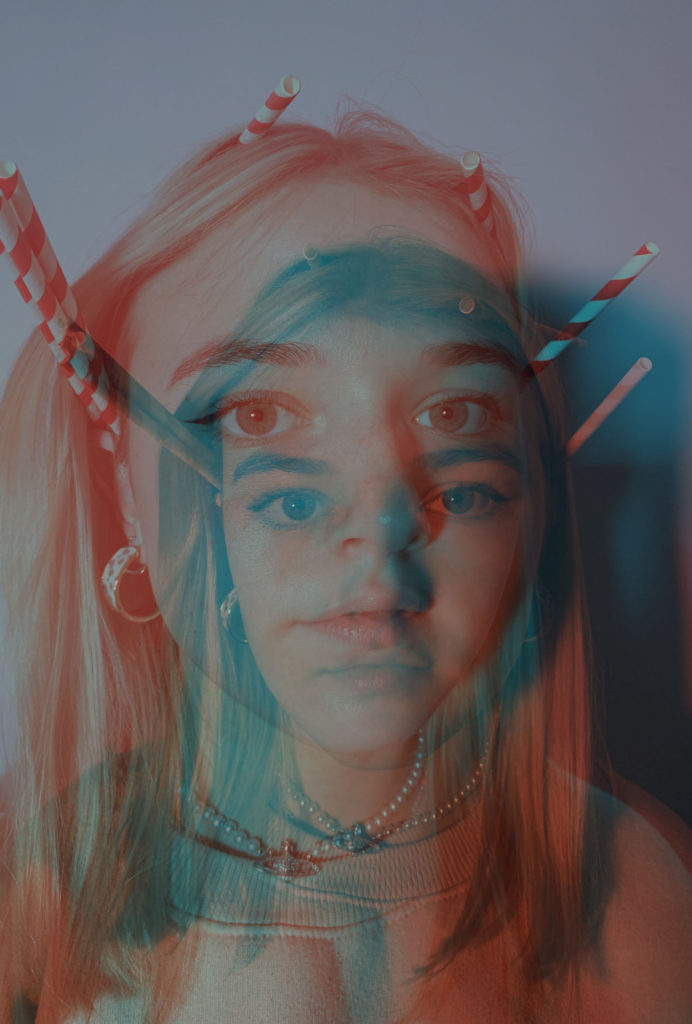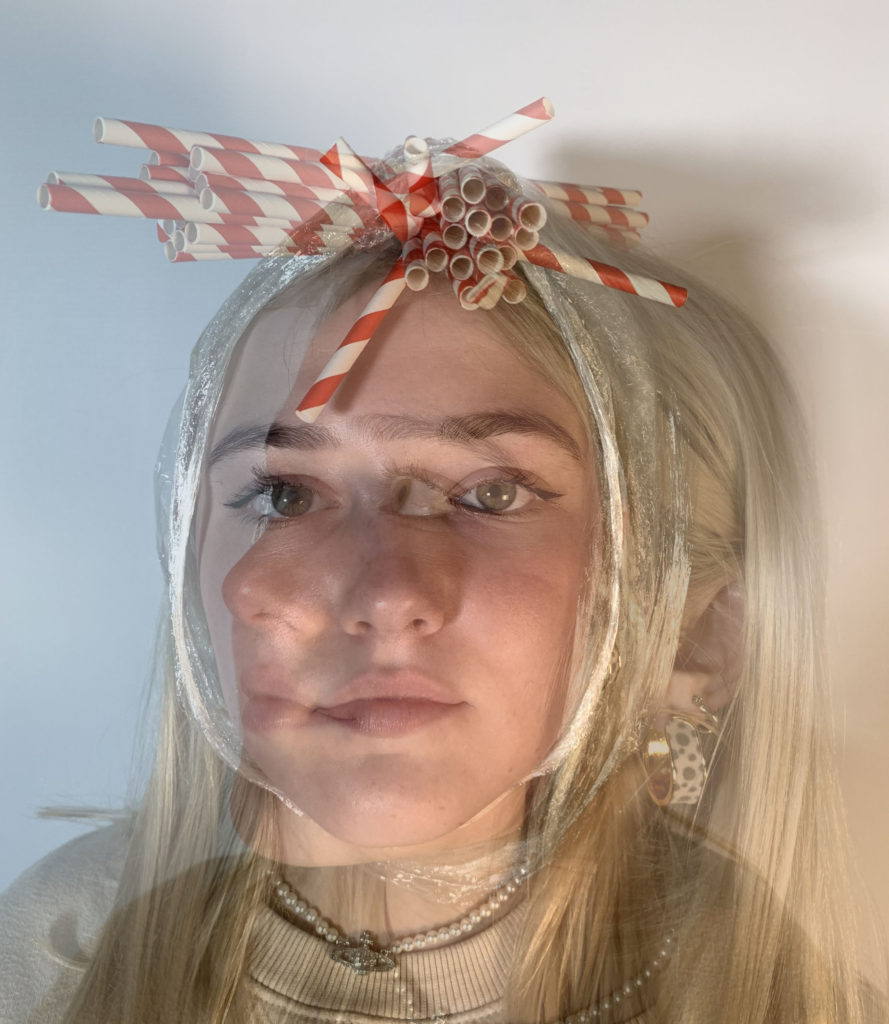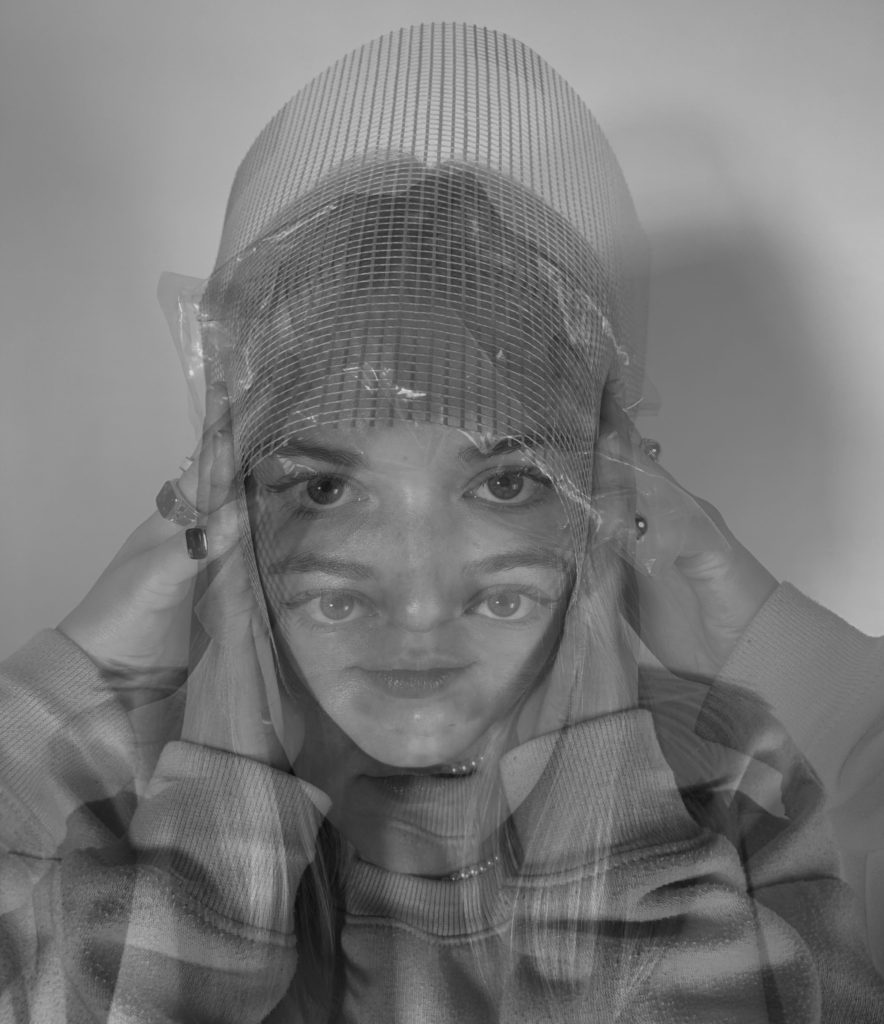Darian Mederos
Editing my images:
First I selected my best images from the shoot and put them into a separate folder so I could focus on a few of the best images.

I started by cropping all my images to get rid of background that wasn’t needed to make the image more smart and effective. I did this to all my final images.c
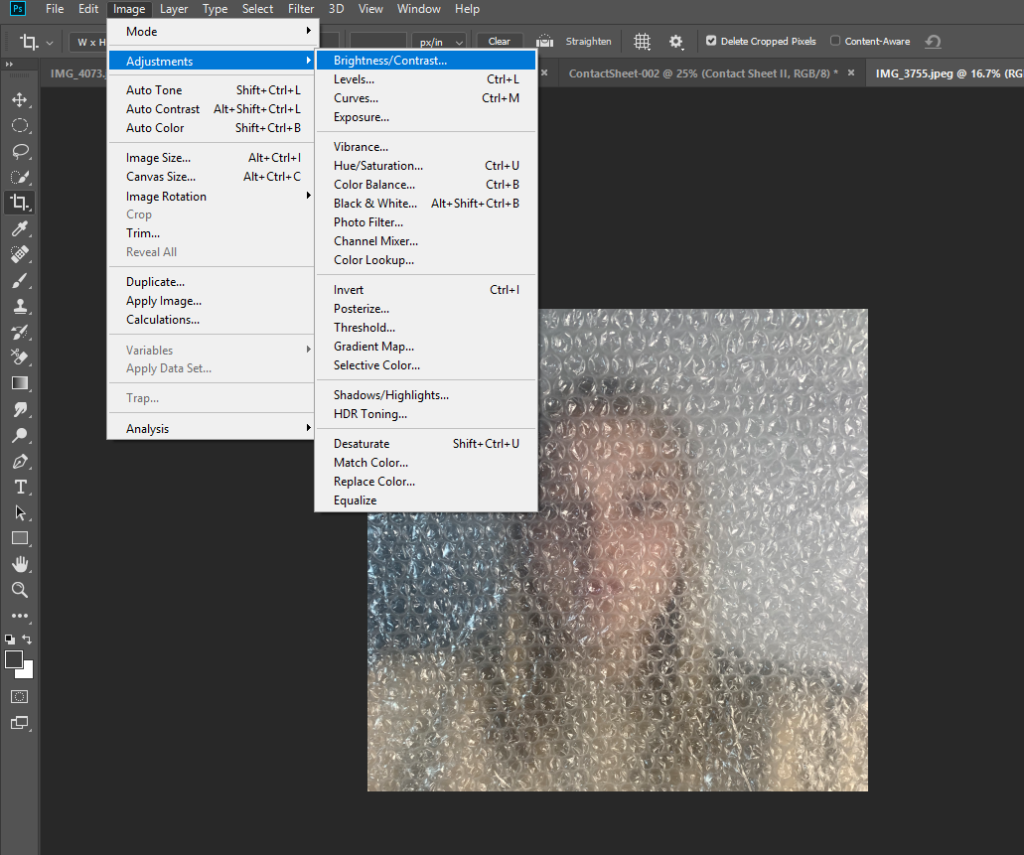
I then changed the brightness and contrast on my images as they were all quite bright from the artificial lighting. I lowered the brightness and altered the contrast to create the look I wanted.

I then changed the vibrance of the image to create a more yellow tone to the image to suite some of Darian Mederos images. This left me with my final image.
I wanted all my images to be close up images and so I had to crop my images quite a bit in order to achieve this.
Final images:
I like the outcome of my images as I feel they represent my artists approach well and you can see a clear similarity between my images and the artists.
I wanted to represent the plastic wastage in these images by using plastic objects as props in my images. I used plastic waste to distort the models face in order to represent the idea that the earth may look incorrect or different due to the damage plastic has done to the earth. I feel i represented this well in my images as the bubble wrap creates a blurred effect meaning you cant properly see the models face and relates to Darian Mederos images. I also used a plastic bag over the models face to represent all the animals that are trapped or injured by plastic that is polluting the seas and their habitats. I chose to put the bag over her head to represent her being trapped and the ingestion of plastic by animals. I also used cling film and folded the cling film to create dents to distort and change the models face, I also put vaseline onto the cling film to make it looked blurred.
Nick Fancher
I used mainy different editing techniques for this shoot. For my colourful images I:
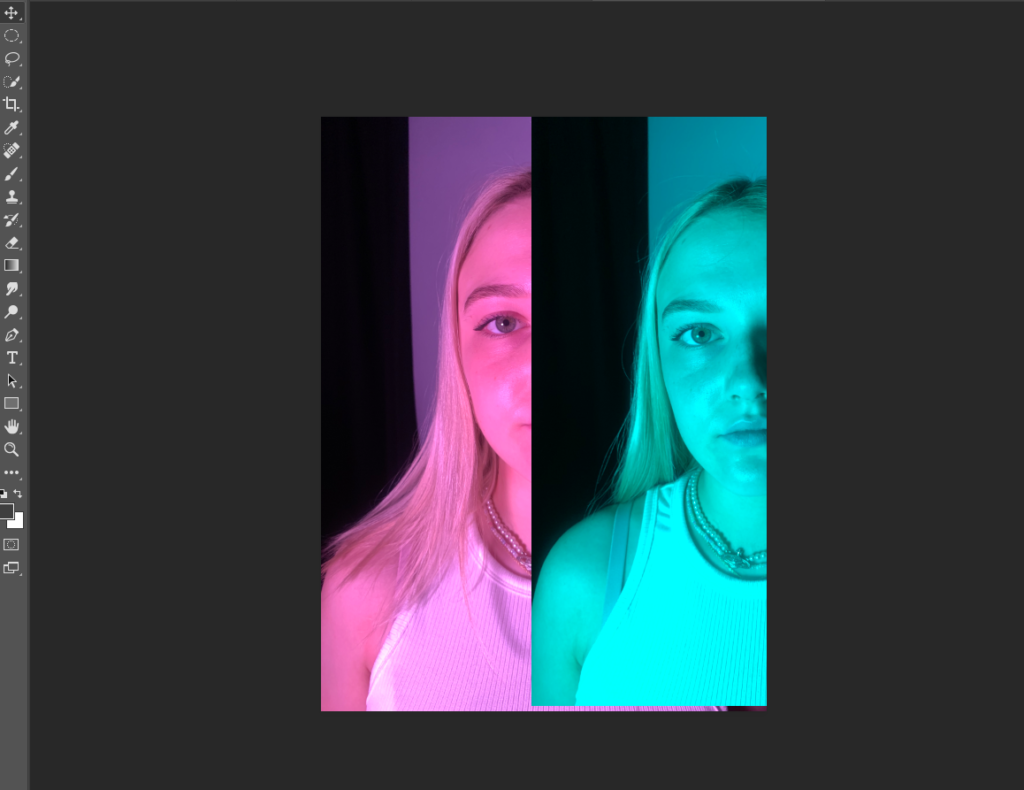
I started by overlapping the 2 images and made them fit ontop of each other perfectly.
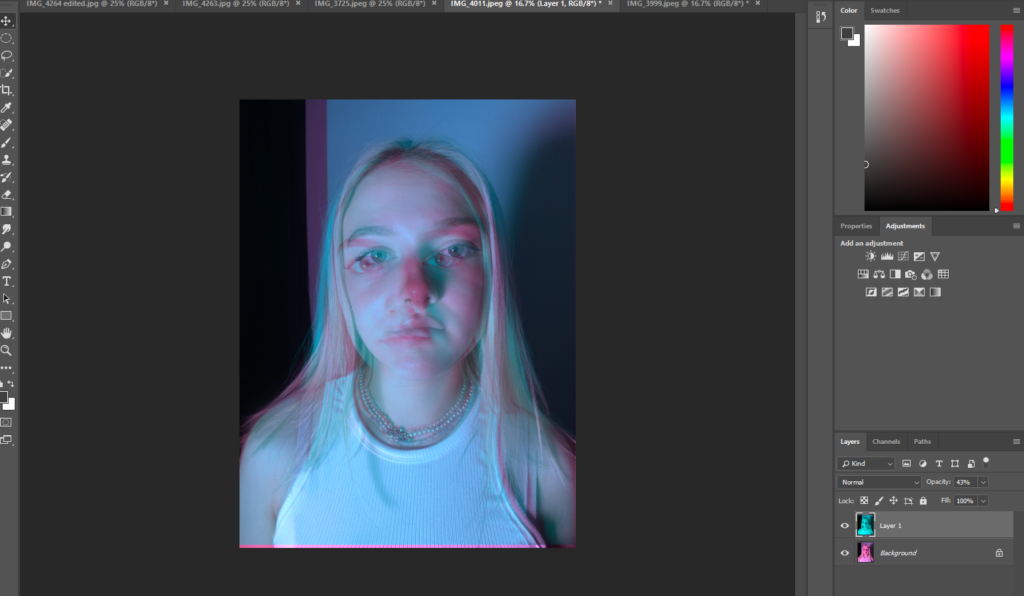
I then changed the opacity and experimented with it to find the perfect level to create the image I wanted.
I also put most of my images into black and white and changed the exposure and brightness on all images to create the right feeling from the image.
Final images:
I used water in a few of my images to represent purity and sometimes a lack of access to water. Pure water is so important to reduces the risk of contamination of diseases and it is important when cleaning utensils and everyday items and especially important for a basic action such as washing your hands. An estimated 2.2 billion people need access to safe drinking water, including 884 million currently without basic drinking water service, this means these people do not have easy access to fresh , clean water and face the risk of catching deadly diseases everyday just from a daily necessity. Unsafe water is one of the world’s largest health and environmental problems particularly for the poorest in the world which relates to social class. Woman and young children must carry buckets full of water every few days and sometimes everyday and walk for miles carrying the heavy buckets of fresh water. In regions where freshwater must be retrieved from sources outside the home, the burden of fetching and carrying water largely falls on women. Therefore I wanted to use water in some of my images to represent this as it relates to Anthropocene as humans have caused this lack of access to water.
I also chose to use barbed wire and use the holes to look through to the model to divide up the face and also to make it look like she is trapped in the wire which is what happens to the sea animals from all the waste that goes into the sea.
Hendrik Kerstens and Vika Pobeda

Initially I wasn’t happy with the outcome of this shoot so I decided to try some editing techniques to change my images to fit my aim and represent Anthropocene more.
Therefore, for all my images in this shoot I chose to use multi exposure.
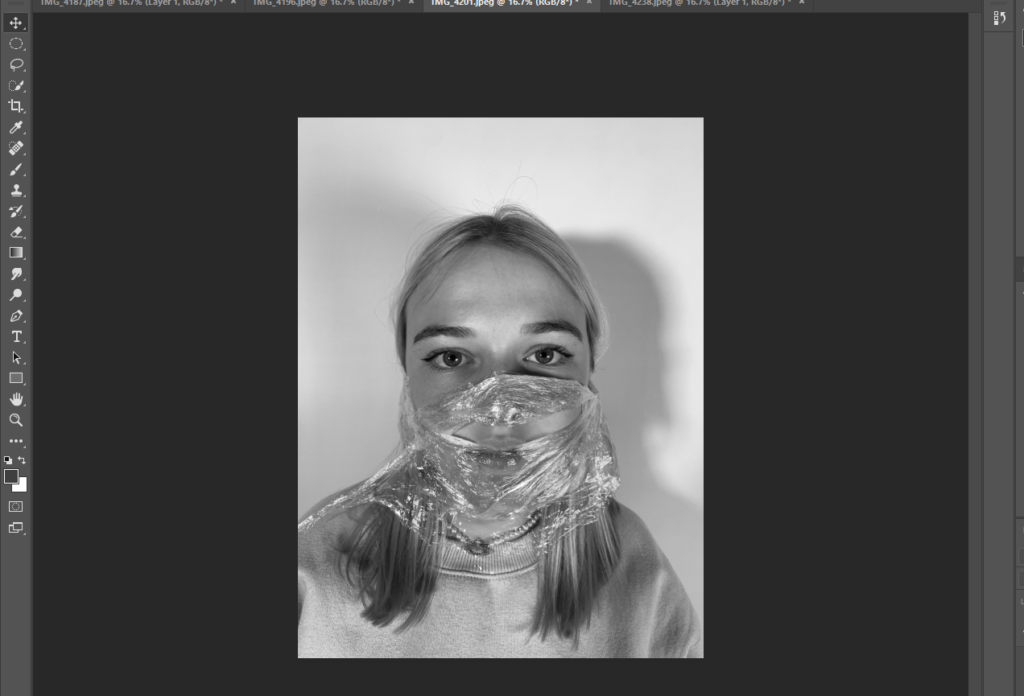
I put some of the images into black and white to add more effect and improve the image , I then overlapped the images.

Then I changed the opacity to the right opacity for the image I wanted to create.
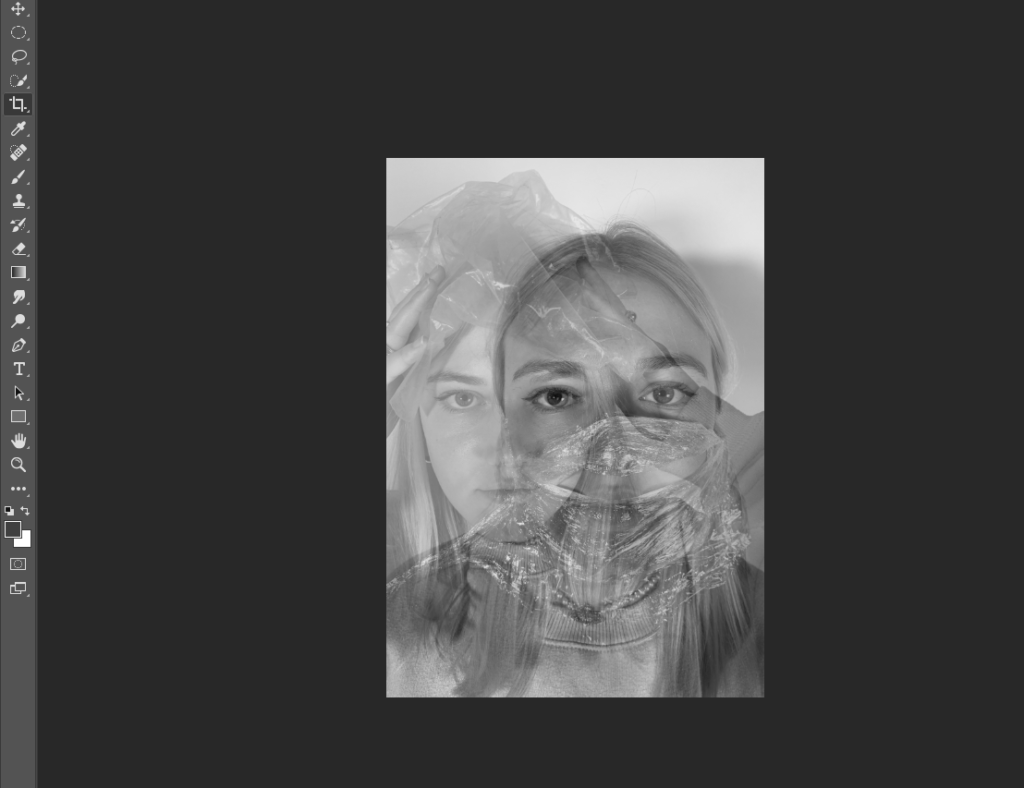
I then cropped down the image to create the final image that I was happy with.
Final images:
I chose to use the multi exposure technique for these images to create a confused and overwhelming look for the viewers.
To create these images I used multiple types of waste that is typically found in the ocean and caused injury to animals whether that be the animal trapped in a plastic bag or a turtle getting a plastic straw stuck in their throat. On a boat off Costa Rica, a biologist had to use pliers from a Swiss army knife to try to extract a plastic straw from a sea turtle’s nostril. The turtle squirmed in agony, whilst bleeding profusely. Around 700 species of marine animals have been reported—so far—to have eaten or become entangled in plastic.

